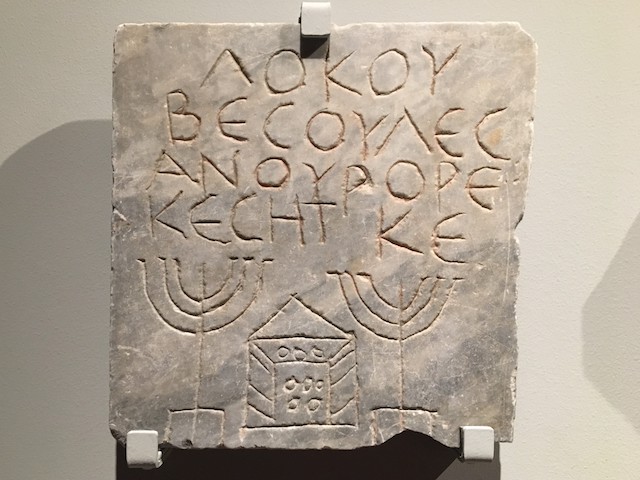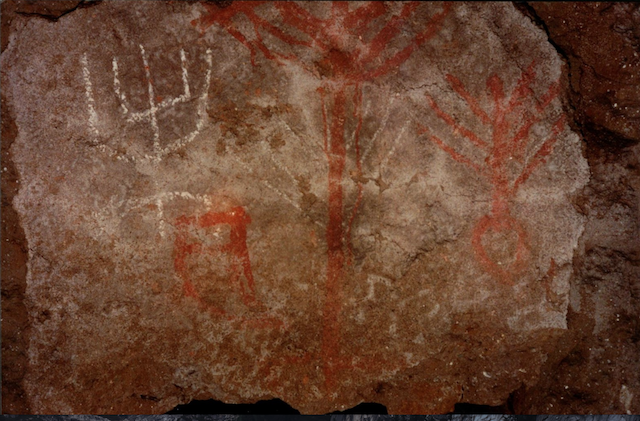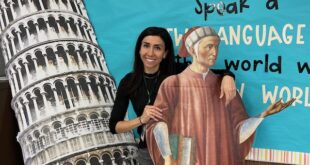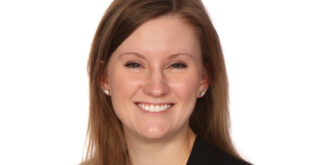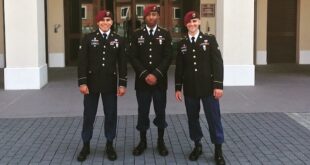A proverbial knock on the door of a historical society in Boston led Jessica Dello Russo across the ocean to explore the burial practices of one of ancient Rome’s most storied minorities.
The ancient catacombs of Rome — underground tunnels with slots in the walls where early Christians were interred — are well known to most connoisseurs of the Italian capital. Perhaps less known is the fact that there are also Jewish catacombs there and elsewhere in Italy.
Jessica Dello Russo, who in January earned a Ph.D. from the Vatican’s Pontifical Institute of Christian Archaeology in Rome, is an expert on the matter. Her dissertation delves into the archeological testimonies of Jews in ancient Rome, as well as how such structures and artifacts were treated and conserved.
Dello Russo is on leave from teaching at Boston University and is a postdoc at Yeshiva University Center for Israel Studies, which sponsors work in Jewish archeology in Italy. She spoke with Fra Noi about her field of study, why she chose it and her philosophy about preserving history.
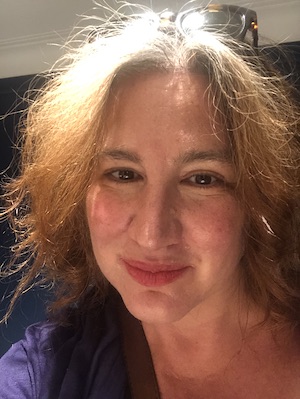 Elena Ferrarin: Tell us about your childhood and your Italian roots.
Elena Ferrarin: Tell us about your childhood and your Italian roots.
Jessica Dello Russo: My childhood was spent in the north end of Boston, one of the few still really distinctive Italian neighborhoods in the United States. I was the oldest of five kids. I had my grandparents right around the corner; in the same building were aunts, great-aunts and great-uncles. I had cousins on the next street over.
EF: What is your expertise?
JDR: I am above all a historian. I don’t only use archeological data, but I think about how this information has traveled through time to reach us. I go back and see how artifacts and monuments were known in other times. We know, for example, that people knew about Roman antiquity in the medieval period and the Renaissance period, but we don’t understand what they knew. I am a cultural historian. I focus on the history of knowledge. My specialization is in Jewish archeology, concentrated on Italy.
EF: Where does your interest in Jewish history and archeology come from?
JDR: I have an undergraduate degree in history. Because of my interest in Italy and Rome, in the 1990s I came across the International Catacomb Society, a nonprofit based in Boston that is dedicated to the study of catacombs. I rang the buzzer and talked to the person there, who told me about the documentation of Jewish catacombs in Rome. I had no clue at the time. When I went back to Rome, I looked into that, which led me to the Pontificio Istituto di Archeologia Cristiana.
EF: Tell us about the Jewish catacombs in Rome.
JDR: We know from ancient texts that the Jews made up a significant minority population of the city of Rome and were also present in other areas of Italy, especially in the south. Like the city population overall, their numbers likely increased during the imperial era, and several thousand are found to have been buried in the catacombs. Around six Jewish catacombs have been identified, but there is still an underlying debate about whether to group two of them together, because they are on the same piece of land.
Because the catacomb networks were located several meters below the topsoil of Rome — and as a rule on the periphery of the city, in what remained a semirural setting until around the year 1870 — they were not as vulnerable to damage from agricultural activity or other land use. For this reason, while they were looted for building material and other objects of value, they still provide us today with significant amounts of the evidence for Jews and Christians in late-ancient Rome, from the third through the sixth century.
The methods used by ancient diggers to excavate and often enlarge the catacomb networks are essentially the same for all the inhabitants of Rome who used them (Jews, Christians, pagans, Mithraists, etc.). In the case of the Jews, nearly all the evidence we have today comes back to these underground cemeteries, just because they couldn’t really be dismantled like other types of ancient ruins and wound up being filled in instead for safety reasons.
EF: How do they differ from Christian catacombs?
JDR: The main difference is in how individual families chose to decorate the tombs of their relatives. Inscriptions are one of the key indicators, because people would choose to mark the tomb with the name of the person who was buried there, and in many cases also with a marker. The most common marker was a design of the seven-branch candelabra, the menorah. That could be accompanied by other images connected to temple feasts, such as the Feast of Tabernacles.
EF: Have you studied Jewish catacombs elsewhere?
JDR: I also work with colleagues at the Universita’ degli Studi di Napoli L’Orientale in Naples on another complex of Jewish underground catacombs in the city of Venosa, in Basilicata. We got additional funding from the Italian government to continue working on documenting the history of the Jewish community there — there were multiple generations of Jews in that town — and their levels of organization and contact with other Jews in the Mediterranean and Southern Italy. It’s a neat subfield. A lot of this material has been misunderstood and depreciated, because it remained a testimonial of an ethnic minority that had long disappeared from Southern Italy.
EF: What is your philosophy about preserving history?
JDR: On one hand, I love archeology because you’re in a space, and you see things according to size. Things are not in a display; they are completely contextualized. Museums can be a challenge because they are always an interpretive lens. It’s like a book: You publish it, but you know there’s going to be another book coming up that will probably take a different angle and have different material. A museum can’t remain static. It can’t remain with the same collections. It has to put out a new “book” as soon as there is the possibility of doing so. At the same time, I recognize it’s the only way to keep things accessible, because people may not otherwise have time to pay attention. For example, a lot of the inscriptions in the Jewish catacombs are now in museums. That’s not ideal, but in the long run, more people will see them because museums are easy to access. Archeological sites aren’t.
EF: What other interests do you have?
JDR: I love New England history. The other day, I went back to the John F. Kennedy Presidential Library and Museum after decades. I was so excited to think about all this stuff differently — not as a bored teenager, but as somebody who’s recognizing that how we live history is going to someday be seen through other people’s lenses.
EF: What are you working on now?
JDR: I am deep in the midst of writing a manuscript based on my dissertation, because I got a contract to publish my work in book form. I am also on the board of the North End Historical Society of Boston, and the city is currently reviewing our application to create a North End Museum. Obviously, if they say yes, I’m going to be super busy in that enterprise.
The above appears in the October 2023 issue of the print version of Fra Noi. Our gorgeous, monthly magazine contains a veritable feast of news and views, profiles and features, entertainment and culture. To subscribe, click here.
 Fra Noi Embrace Your Inner Italian
Fra Noi Embrace Your Inner Italian


